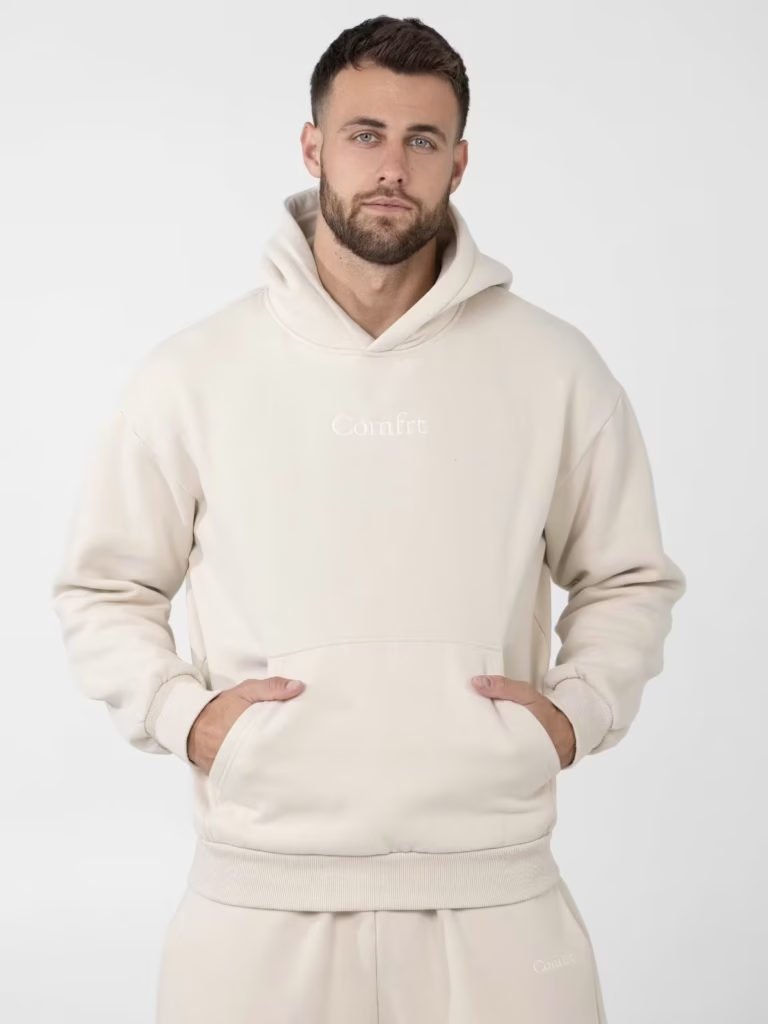How to Choose Car Interior Fabrics: A Friendly Guide to Finding the Perfect Material
Selecting the right fabric for your car’s interior is essential for creating a comfortable and stylish environment. Key aspects to consider include comfort and breathability, durability and longevity, aesthetic appeal, and ease of maintenance.
Comfort and Breathability
When choosing car fabrics, comfort is crucial. The right material should feel good against your skin, especially if you spend a lot of time in your vehicle. Fabrics that allow breathability help regulate temperature.
Top Choices for Comfort:
- Cloth: Soft and warm, it’s great for comfort.
- Leather: Luxurious but can get hot in the sun.
- Synthetic materials: Often designed to mimic natural fibers with added breathability.
Keep in mind, breathable materials can prevent moisture buildup, which enhances your overall driving experience.
Durability and Longevity
Durability is another important factor. A fabric needs to withstand daily wear and tear while maintaining its appearance. Look for colors and patterns that can hide dirt and stains better.
Recommended Ratings:
- Fabrics should have a minimum rating of Class 4 for longevity. This rating ensures that the fabric can hold up well against exposure to sunlight and everyday use.
Choosing durable materials can save money in the long run, as they will likely need to be replaced less frequently.
Aesthetic Appeal and Visual Options
Your car’s interior is a reflection of your personality. The right fabric can enhance the visual appeal of your vehicle. Consider the color, texture, and pattern that will best fit your style.
Popular Visual Options:
- Classic colors: Black and gray are timeless and often increase resale value.
- Bright colors: These can make a statement but may show wear faster.
Choosing fabrics that match your car’s design can create a cohesive look that you’ll enjoy daily.
Ease of Maintenance
Maintenance is key when it comes to car fabrics. You want materials that are easy to clean and resistant to stains. This is especially important if you have kids or pets.
Maintenance Tips:
- Leather and synthetic materials: Usually require just a wipe down with a damp cloth.
- Cloth fabrics: May need periodic vacuuming and deeper cleaning.
By selecting low-maintenance materials, you can keep your car interior looking fresh without too much effort.
Overview of Popular Car Interior Fabric Types
When choosing car interior fabrics, it’s essential to know the different materials available. Each type comes with its own benefits and drawbacks. Here’s an overview of the most popular options.
Leather and Leather Upholstery
Leather is often seen as a premium choice for car interiors. This material is made from animal hides, providing a luxurious feel and look. Genuine leather is durable and can withstand wear and tear, making it a good long-term investment.
Cleaning leather is relatively easy. You usually just need a damp cloth and some leather conditioner to keep it looking fresh. However, it can be more expensive than other materials.
Keep in mind that leather can get hot in the summer and cold in the winter, which might affect comfort. If you care for it well, leather upholstery can last for many years.
Vinyl and Vinyl Upholstery
Vinyl is a synthetic material that mimics the look of leather but at a lower cost. It is popular for its ease of cleaning and resistance to stains. Vinyl upholstery doesn’t absorb spills like some fabrics do, making it practical for families.
Vinyl comes in various colors and styles, allowing you to customize your interior easily. However, it may not be as durable as genuine leather over time.
One downside is that while vinyl can be comfortable, it may not have the same luxurious feel as leather. Still, it’s a solid choice if you want something low-maintenance and budget-friendly.
Cloth and Fabric Upholstery
Cloth upholstery is typically made from woven materials like nylon or polyester. This option generally offers a cozy feel, making your car feel more inviting.
Fabric upholstery comes in many patterns and colors, giving you plenty of options to choose from. It’s usually less expensive than leather or vinyl.
Cleaning cloth can be more challenging than other materials. Stains can be harder to remove and may require special cleaners. However, many fabric options are treated to be stain-resistant, which helps a lot.
Synthetic and High-Performance Textiles
Synthetic textiles blend several materials to boost performance and comfort. These high-tech fabrics are designed to resist stains, UV light, and even wear and tear.
They often have a soft, comfortable feel while being super durable. Brands have developed upholstery that mimics leather while being more budget-friendly.
These fabrics are great in terms of maintenance since they can usually be wiped clean easily. This makes them a practical choice for active lifestyles where spills and messes are common.
Detailed Guide to Fabric Materials
Choosing the right fabric for your car’s interior is essential for comfort, style, and durability. You’ll want to consider various materials, each with its own advantages. Here’s a detailed look at different fabric options available.
Natural Fibers: Cotton and Wool
Natural fibers like cotton and wool are great choices for car interiors. Cotton is soft, breathable, and easy to clean, making it popular for seat covers. It provides a comfortable feel, especially in warmer weather.
Wool, on the other hand, offers natural insulation, keeping your car warm in winter and cool in summer. It is also durable and resistant to stains. However, wool may require more care compared to cotton. Both materials are free from harmful chemicals, adding to their eco-friendliness.
Synthetic Fabrics: Polyester and Nylon
Synthetic fabrics, such as polyester and nylon, are widely used in automotive interiors. They are often cheaper than natural fibers and highly durable. Polyester is stain-resistant and easy to clean, making it a practical choice for families and those who spend a lot of time in their cars.
Nylon is known for its strength and flexibility. It resists wear and tear quite well, making it ideal for high-traffic areas in your vehicle. Both polyester and nylon fabrics can be treated for added water resistance, further extending their lifespan.
Luxury and Premium Materials
If you’re looking for something more upscale, consider high-end materials such as leather or similar luxury fabrics. Leather is renowned for its elegance and durability. It can elevate your car’s interior, providing a sophisticated look. While it requires regular maintenance to prevent cracking, its long-lasting nature makes it a worthy investment.
Alternative luxury fabrics, like microfiber, blend comfort with durability. These materials provide the richness of leather but are often more affordable and easier to maintain. They resist stains and offer a plush feel, making your ride cozy and stylish.
Eco-Friendly and Recycled Options
For the environmentally conscious, eco-friendly options are gaining popularity. Fabrics made from recycled materials can offer a sustainable choice without sacrificing style. Brands are now making upholstery from recycled plastics, turning waste into something useful.
Additionally, organic cotton and wool are available for those wanting to minimize their impact on the environment. These fabrics are often grown without harmful chemicals, making them safer for you and the planet. Choosing eco-friendly materials demonstrates a commitment to sustainability and helps reduce your carbon footprint.
Advanced and Specialty Upholstery Fabrics
When choosing upholstery for your car’s interior, advanced and specialty fabrics can enhance both style and comfort. These materials offer unique benefits, including durability, breathability, and luxurious feels. Here are some popular options.
Suede, Alcantara, and Microfiber
Suede offers a soft, rich texture that enhances the look of your car’s interior. It is made from the underside of animal hide, giving it a unique feel but requiring careful maintenance. Alcantara is a synthetic version of suede, often favored for its durability and ease of cleaning.
Microfiber is another great option, made from ultra-fine polyester fibers. It mimics the softness of suede but is more resistant to stains and spills. These materials create a sophisticated interior while being comfortable for passengers.
Faux Leather and Synthetic Leather
Faux leather, or synthetic leather, is a popular choice for car interiors. It looks like real leather but is usually more affordable and easier to maintain. This option is available in a range of colors and finishes, making customization easy.
Synthetic leather is also designed to be durable and resistant to wear. It offers benefits like breathability and stain resistance, making it practical for daily use. If you want style without the high upkeep, this is a great route to explore.
Velour and Performance Fabrics
Velour is a plush fabric, similar to velvet, which provides a luxurious look and feel. Although soft and comfortable, it is important to know that it can be prone to stains. Regular cleaning keeps it looking fresh.
Performance fabrics are designed for durability and functionality. These materials often feature breathability, making them ideal for hot weather. They are also resistant to fading and wear, ensuring a long-lasting and attractive car interior.
Choosing the right fabric can transform your vehicle, making it both stylish and functional. Consider your needs and lifestyle to find the perfect fit.
Protection, Resistance, and Practical Considerations
When choosing car interior fabrics, it’s important to think about how they protect against everyday wear and tear. Factors like stain resistance, water protection, and temperature control can greatly enhance your driving experience.
Stain Resistance and Stain Protection
Stain resistance is crucial for keeping your car interior looking new. Fabrics that are treated with stain repellent finish can prevent spills from setting in. Common stain-resistant materials include synthetic fabrics and leatherette.
Here are some options with good stain protection:
- Microfiber: Soft and easy to clean.
- Vinyl: Durable and wipeable.
- Polyester blends: Often treated for extra protection.
Regular cleaning is still important. Use a mild cleaner to maintain the fabric’s quality and appearance. Investing in seat covers can also provide an additional layer of protection against stains.
Water and UV Resistance
Water resistance is another key factor. Fabrics that can repel moisture will help protect your seats from spills and humidity. Waterproof materials like nylon or specially-treated synthetic fabrics offer great protection.
UV resistance is essential, especially if your car is parked outside often. Fabrics with UV protectants help prevent fading and keep your interior looking fresh. Look for these features when selecting fabrics:
- Leather: Naturally resistant but should be treated for UV protection.
- Synthetic options: Often have UV inhibitors built in.
By choosing water- and UV-resistant materials, you ensure your upholstery stands the test of time.
Temperature Control and Regulation
Consider how fabrics manage temperature. Some materials can keep your car cooler in the summer while retaining warmth in the winter.
Breathable fabrics like cotton blends allow air circulation to keep you comfortable. For hot climates, look for:
- Light-colored fabrics: Reflect sunlight and reduce heat buildup.
- Synthetics: Some have cooling properties.
In colder weather, insulated upholstery can help maintain warmth. Think about your climate when choosing materials. Fabrics that offer good temperature control will enhance your overall comfort while driving.
also read: How to Customize Your Jeep with a Jeep Dealer in Sacramento







